Green Infrastructure for Climate Resiliency
Climate change is affecting us now. As different parts of the country become drier, wetter or hotter, green infrastructure can help improve community resiliency today and into the future.
Learn more about how green infrastructure practices can help communities prepare for and manage these effects of climate change by clicking on each strategy below:
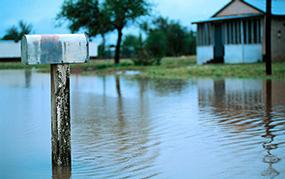 Manage flooding with infiltration-based practices, floodplain management, and open space preservation to complement other measures to lower flood risk.
Manage flooding with infiltration-based practices, floodplain management, and open space preservation to complement other measures to lower flood risk.
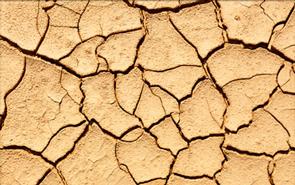 Prepare for drought by infiltrating water where it falls. Green infrastructure can help replenish groundwater reserves, relieving stress on local water supplies and reducing the need to import potable water.
Prepare for drought by infiltrating water where it falls. Green infrastructure can help replenish groundwater reserves, relieving stress on local water supplies and reducing the need to import potable water.
 Reduce urban heat island effect by planting trees and building green roofs.
Reduce urban heat island effect by planting trees and building green roofs.
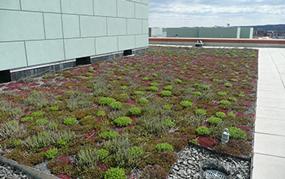 Lower building energy demands by reducing indoor temperatures and shading building surfaces.
Lower building energy demands by reducing indoor temperatures and shading building surfaces.
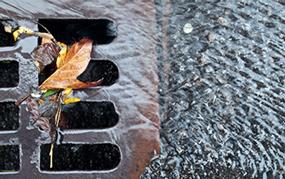 Spend less energy managing water by reducing rainwater flows into sewer systems. Green infrastructure can reduce pumping and treatment demands for municipalities.
Spend less energy managing water by reducing rainwater flows into sewer systems. Green infrastructure can reduce pumping and treatment demands for municipalities.
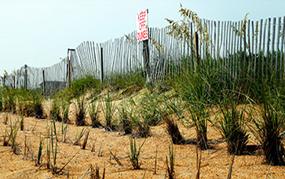 Protect coastal areas with living shorelines, buffers, wetlands, and dunes to help reduce coastal erosion and storm impacts.
Protect coastal areas with living shorelines, buffers, wetlands, and dunes to help reduce coastal erosion and storm impacts.
